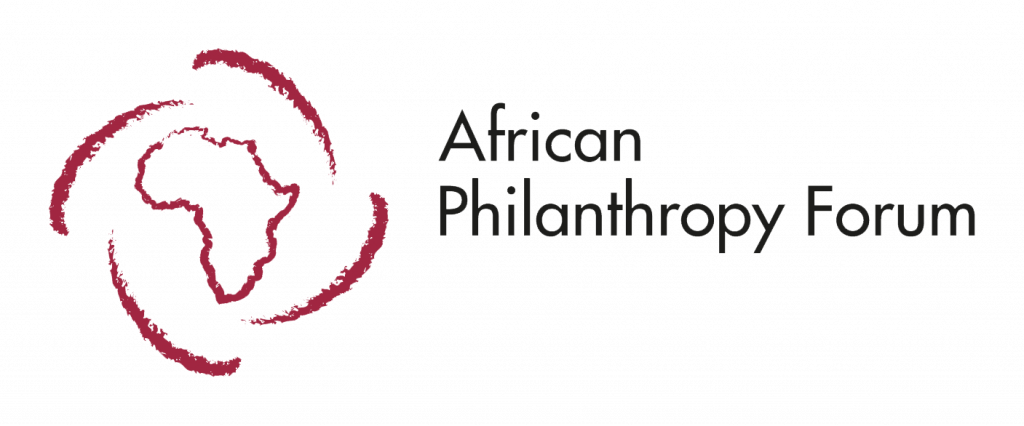Are you creating an operating foundation, purely grant making, or a mix of both? Are you donating to new or existing organizations? Essentially, the question here is – who will you support?
In Africa, most philanthropists tend to set up operating foundations. There are organizations that they create, fund, and execute their own programmes. Unfortunately, the growing numbers of operating foundations have produced multiple organizations with overlapping focus areas resulting in increased competition for funding, and donor fatigue. The overall consequence of these issues is the increasing ineffectiveness of development programmes. Philanthropists need to examine alternative structures of giving in order to create a sustainable philanthropy sector.
The alternative to an operating foundation is to set up a grant-making foundation. There are only a few grant-making foundations in Africa and this model is mostly adopted by international development agencies seeking to achieve scalable impact across different development sectors. However, most of these international development agencies have stringent funding conditions that local organizations are not always able to meet. To close this funding gap, we need more philanthropists and their foundations to step into the grant-making role.
Regardless of the model you choose, you need to engage in a thorough scoping effort to decide who you will support. The information you gather will influence how you go about choosing grantees or partners for your organization’s work.
Differences between operating foundations and non-operating (grant-making foundations)
| Operating foundations | Grant-making foundations |
| Conduct their own programmes | Fund programmes run by other organizations |
| Directly engage with beneficiaries | Do not engage directly with beneficiaries |
| Can give out very limited grants related to the mission | Only give out grants to their selected grantees |
| Raise funds or look for collaborative partners who can contribute financially | Typically make grants alone unless while participating as a co-funder |
Here are some questions to help you brainstorm through this process of deciding whom to support:
- How will I identify grantees or partners?
Most philanthropists who are just starting out might want to find potential organizations through referrals from their immediate network. Along the journey you may find out that taking a more objective approach might serve you better. For example, you may find that publishing an RFP (Request for Proposals) gets you more options to choose from. But, like any organization looking for people to work with,, you need to create a process for finding the right grantees and partners to help you achieve your goals.
- What selection criteria will I use?
Most established organizations develop criteria they use to scan against potential grantees and partners. To help you get started on developing your own, reflect on the following questions: – Does the organization share similar values or goals? – Does the leadership have a good reputation? – What is their track record for success? – Do they have the required capacity and expertise? – Are they good financial stewards?
- What activities or costs will I fund?
There is a big debate globally around how funding for organizations should be structured, because there is a tendency for philanthropists to underestimate what it actually costs to run and execute development programmes. Ultimately, you will have to figure out what works best for your organization. Previously, philanthropists have only funded direct programme costs, but there is growing recognition that more support should be given to operational costs, which helps to support the sustainability of the organizations being funded. Studying how similar organizations have done this can be particularly helpful.
- For how long should I support my grantees?
Most philanthropists tend to give one-off donations while others give longer-term support. However, this decision should be based on what programmes or initiatives you are supporting. For example, reducing obesity in children will take a lot longer to solve than providing education access to orphans and vulnerable children. Developing realistic funding timelines early on will help set the appropriate expectations for your grantees and partners.
Ultimately, philanthropy is a personal journey and there is really no ‘right’ path to follow. Thinking strategically about philanthropy will require practice, and you may not get it all figured out all at once. Learning from others and your own experiences can help put a lot of the ideas and reflections, discussed in this toolkit, into perspective. Eventually, you will be poised to make more effective decisions about your philanthropic giving especially if you take the time to examine your motivations, understand the problem you are trying to solve, commit the appropriate combination of resources, and identify credible grantees or partners to work with.
—
This article is an excerpt from the first edition of the Toolkit for African Philanthropists published by the African Philanthropy Forum. To learn more about this toolkit, please visit here africanpf.org/publication


